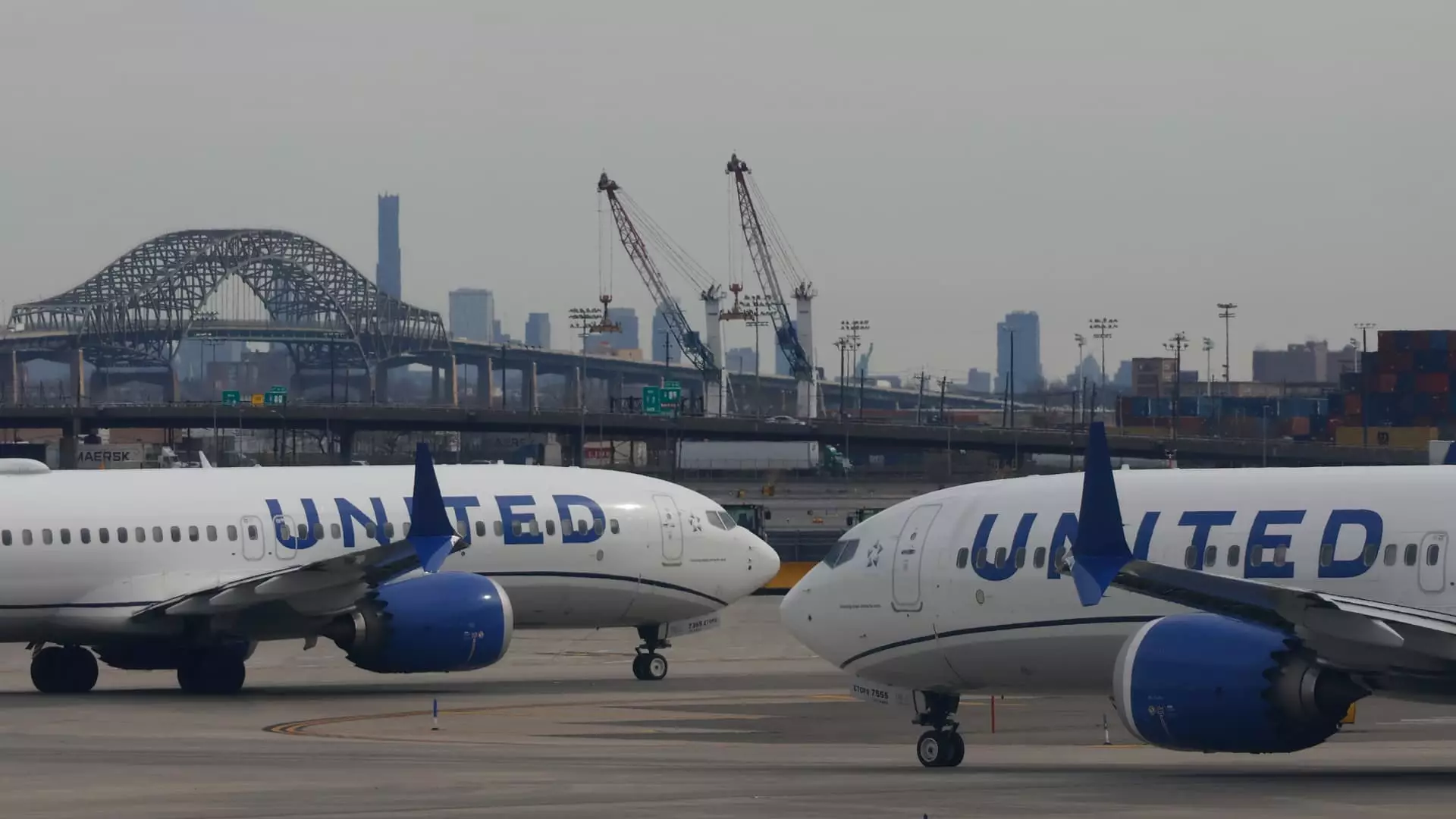United Airlines’ recent decision to cancel 35 roundtrip flights daily from Newark Liberty International Airport underscores a staggering failure in air travel management within the United States. With CEO Scott Kirby openly addressing the chaos, it’s evident that the airline industry is grappling with an airline infrastructure that seems more fragile than robust. Staff walkouts, FAA technical failures, and an underwhelming pool of air traffic controllers have left travelers stranded, racking up delays that can ensnare even the most seasoned fliers.
It’s disheartening to watch an entire industry crumble under external pressures—especially when so many people depend on air travel for work, leisure, or vital connections. As Kirby admitted, the aviation system in America is going through a severe crisis and isn’t being met with the urgency or transparency it deserves. The Federal Aviation Administration (FAA) has been caught off guard by staffing issues at a primary air traffic control facility, leading to widespread operational dysfunction. This escalating calamity echoes a pressing need for systemic reform that has been ignored far too long.
The Role of Technology in Aviation
The FAA has faced serious criticism over its outdated technology, with Secretary of Transportation Sean Duffy labeling it as “unacceptable.” It’s baffling how such a crucial aspect of national infrastructure has remained stagnant while other industries rush toward modernization. By shifting air traffic controllers to accommodate Newark’s growing needs, the FAA has employed a band-aid approach, instead of investigating the root causes of staffing shortages.
It raises the red flag: are we merely witnessing a mismanaged government body failing to keep pace with the needs of modern aviation? While the agency’s recent incentives aimed at improving staffing levels are commendable, they fail to address the broader technological deficits that plague air traffic control systems across the country. We need innovative solutions, not just temporary measures, to alleviate the pressure caused by crumbling infrastructure.
The Impact on Passengers
The human angle is the most gut-wrenching in this ongoing saga. Thousands of passengers were left facing an eternity of delays, frustration, and unforeseen costs. United Airlines’ potential waiving of change fees is a mere band-aid when compared to the emotional and financial repercussions of disrupted travel. Businesses are crippled when employees cannot reach important meetings, families miss crucial life events, and the groundwork laid for vacations turns into resentment.
Kirby’s assertion that these cuts are necessary to protect customers rings hollow against the backdrop of personal stories that reveal the human cost of these operational failures. The airline industry must not continue to sacrifice customer experience at the altar of management inefficiencies. A re-evaluation of priorities is sorely needed, along with advocacy for transparent communication from the FAA and airlines alike, so passengers can make informed travel decisions based on accurate data.
Reforming the Air Travel Experience
The current predicament calls for immediate reforms from the FAA and airline executives. A shift in approach should prioritize listening to the feedback from both controllers and passengers. The chaos at Newark hints at a deeper malaise among air travel infrastructure in the United States—a system that is outmoded and ill-prepared for current demand trends. The call for an “all-new air traffic control system” is not merely a passionate plea; it’s a necessity for offering reliable, safe air travel.
Kirby’s discussions with administration officials are vital, but action must follow to avoid being merely a conversation about the problem. Effective advocacy should focus on procuring sufficient resources, ensuring training is prioritized, and politically pressing for reforms that tackle technological advances. If current trends continue, air travel might descend further into chaos, causing lasting damages to both the economy and individual lives.
Air travel in the U.S. may be a lifeline for some, yet it seems poised on the brink of collapse. Without a concerted effort to revitalize the staffing and technological needs of air traffic control, the disarray seen at Newark may infect airports nationwide. The time for resolute action is before we witness the collapse of air travel as we know it.

